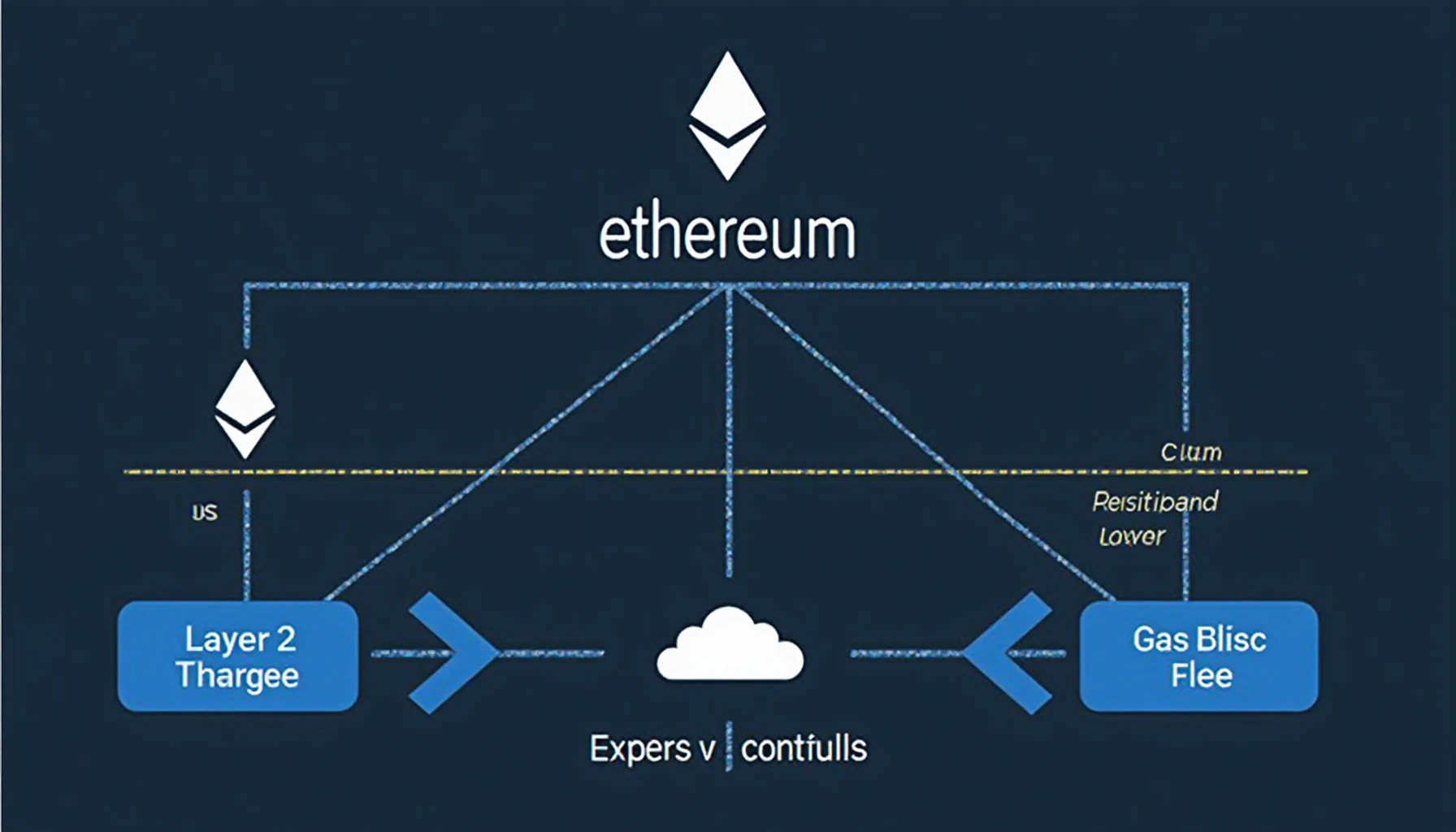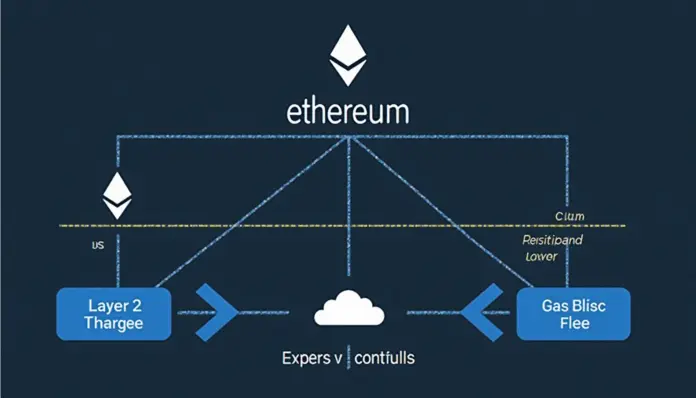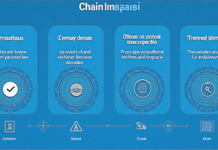Introduction: Understanding the Ethereum Network Congestion
Have you ever faced delays while making a transaction on the Ethereum network? With over 170 million unique addresses, network congestion has become a common issue for many users. In this article, we will explore Ethereum network congestion solutions to enhance your experience and streamline digital currency transactions.
1. Enhance Scalability: Layer 2 Solutions Explained
Layer 2 solutions, such as Polygon and Optimistic Rollups, are designed to address scalability issues on the Ethereum network. Think of these as an express lane at a busy supermarket. They allow more transactions to be processed simultaneously, thus reducing congestion. By utilizing Layer 2 solutions, you can significantly increase your transaction speed and decrease fees.
How Do Layer 2 Solutions Work?
- Layer 2 solutions process transactions off-chain and only settle final results on the Ethereum mainnet.
- This reduces the load on the main blockchain, leading to faster confirmation times.
- Users benefit from lower gas fees and improved transaction throughput.
2. Optimize Gas Fees for Efficient Transactions
Many users encounter high gas fees due to network congestion. One effective strategy is to time your transactions during off-peak hours, which can save you money. By observing network activity, you can identify trends in gas prices and strategize your transactions accordingly.

Tips for Optimizing Gas Fees:
- Use tools like Gas Tracker to monitor real-time gas prices.
- Consider setting a gas price limit to avoid overpaying.
- Implement batching to combine multiple transactions into one.
3. Leverage New Ethereum Upgrades: EIP-1559 and Beyond
The Ethereum network has undergone significant changes, with EIP-1559 being a game-changer. This upgrade introduced a base fee mechanism that adjusts according to network demand, helping to reduce transaction costs during peak times. Staying informed about these upgrades can enhance your transaction strategies.
Importance of Keeping Updated:
- Frequent upgrades enhance the overall performance of the Ethereum network.
- Understanding these changes can give you a competitive edge in trading.
- Staying informed helps you avoid pitfalls during high-traffic periods.
4. Consider Alternative Networks for Diversification
While Ethereum remains a leader in the smart contract space, networks like Binance Smart Chain and Solana offer viable alternatives with lower fees and faster transaction speeds. Diversifying your holdings and transactions across various blockchains can mitigate risks associated with network congestion on Ethereum.
Advantages of Alternative Networks:
- Reduced transaction costs without compromising security.
- Access to unique decentralized applications (dApps) not found on Ethereum.
- Improved user experience and transaction speeds.
Conclusion: Take Action Now!
Utilizing the solutions mentioned above can greatly improve your Ethereum transaction experience amidst congestion challenges. Whether it’s adopting Layer 2 solutions or optimizing fees, each step you take enhances your trading efficiency. Don’t let network congestion frustrate you—take action today!




